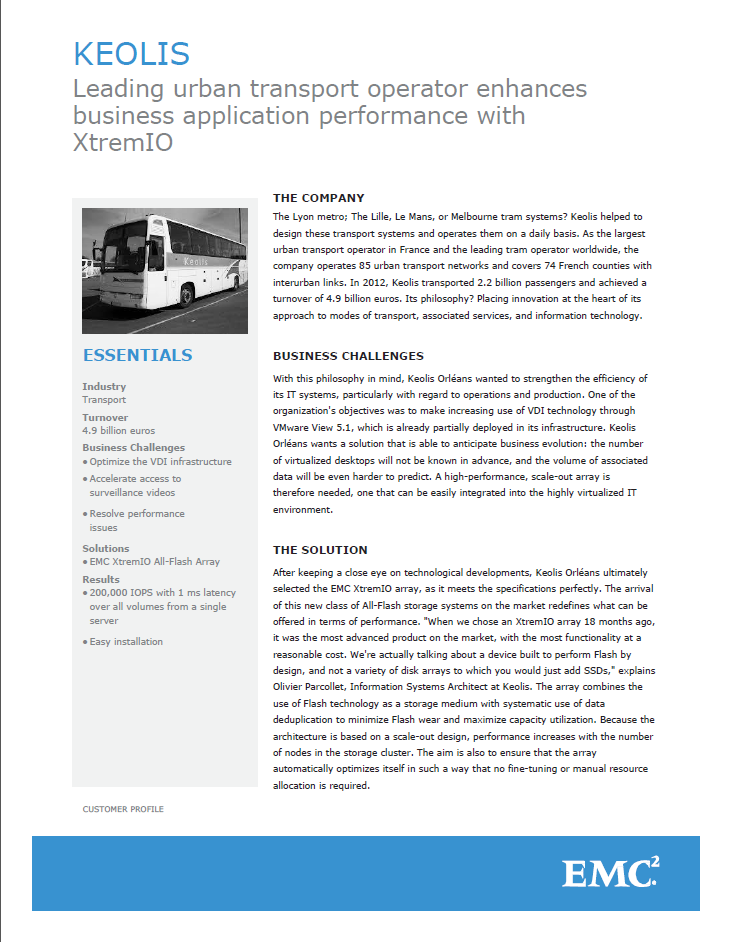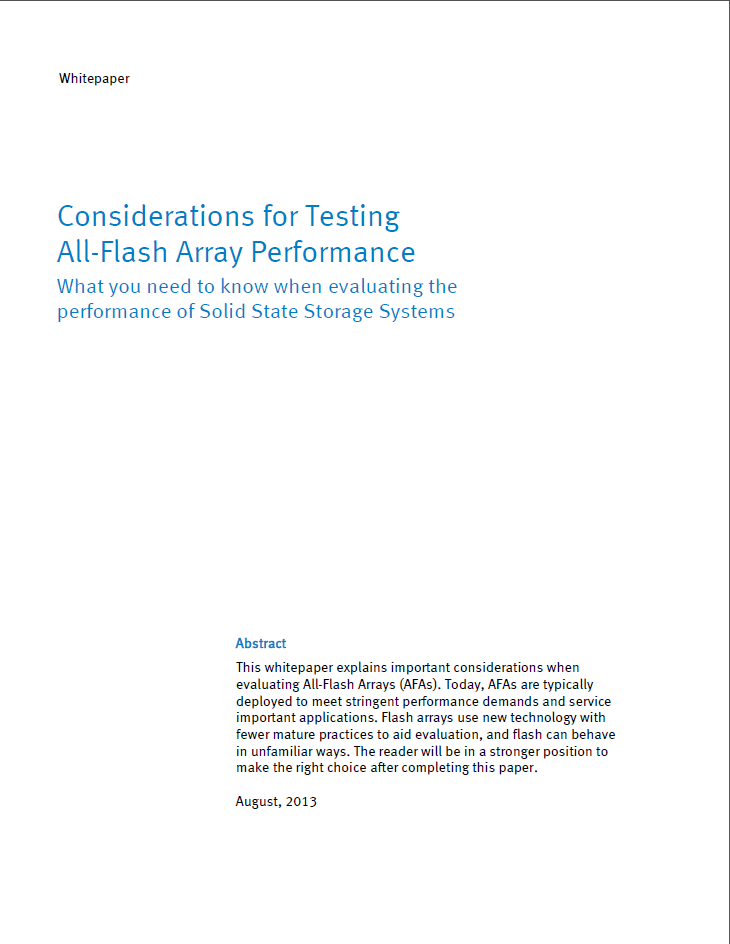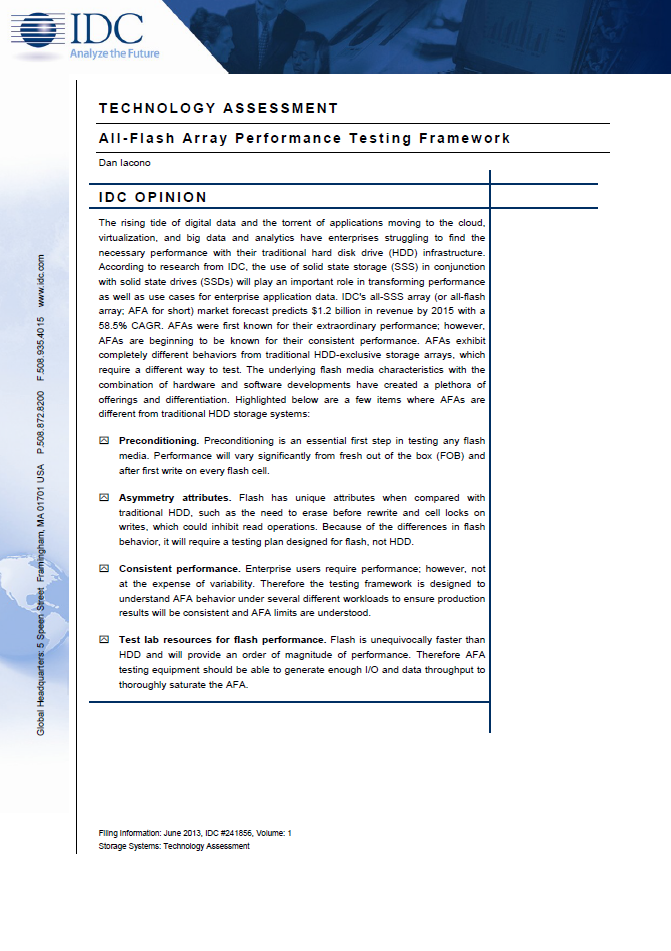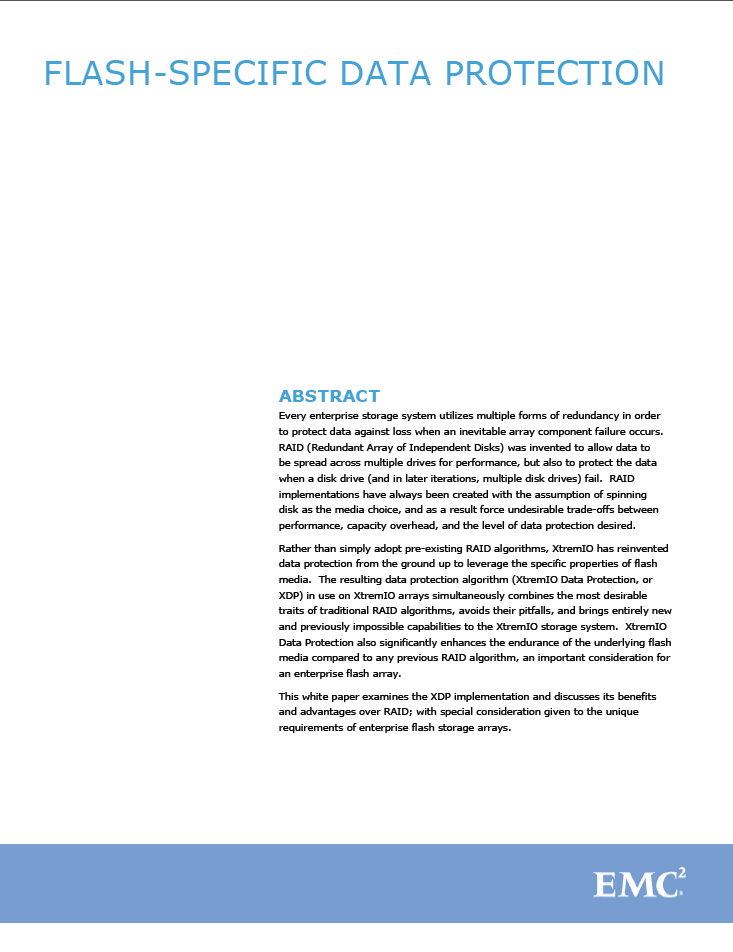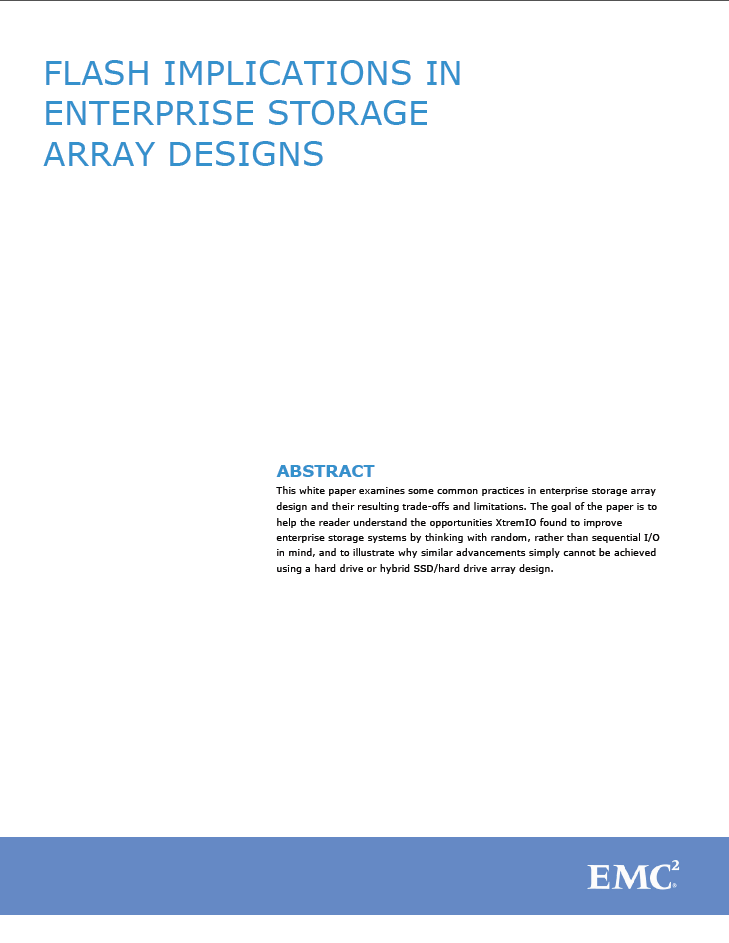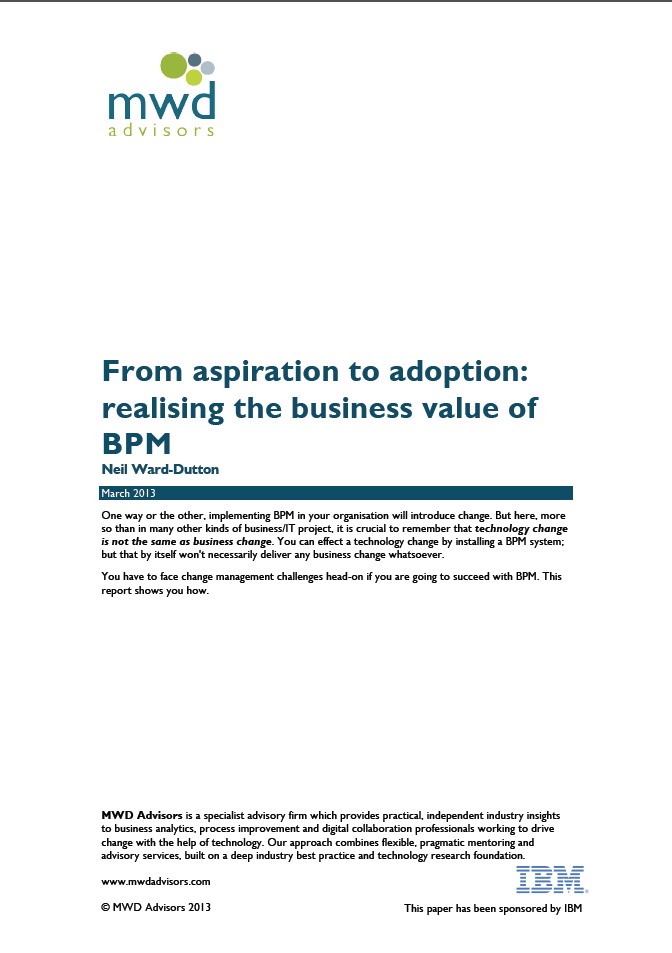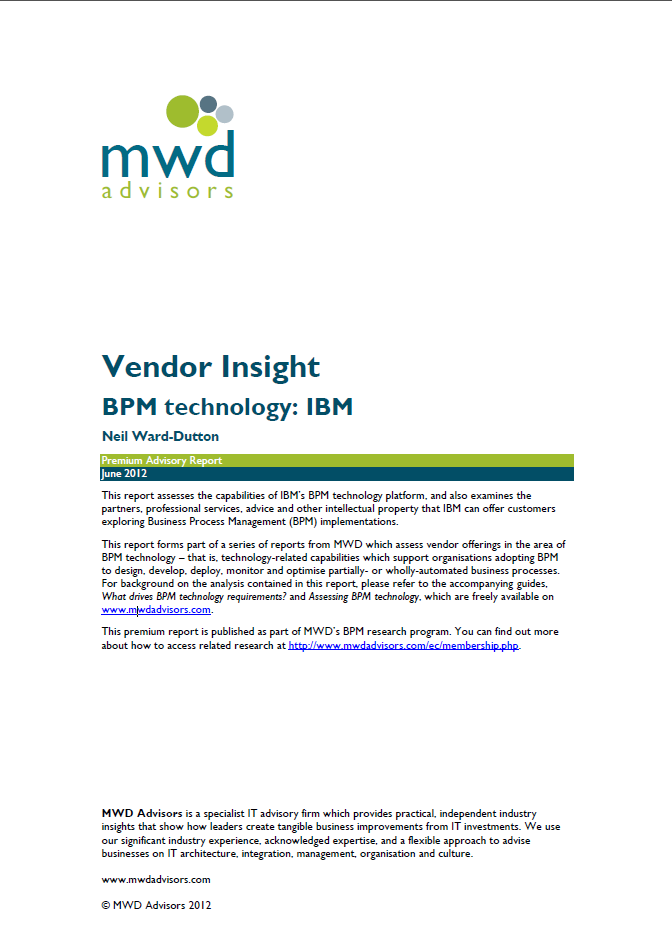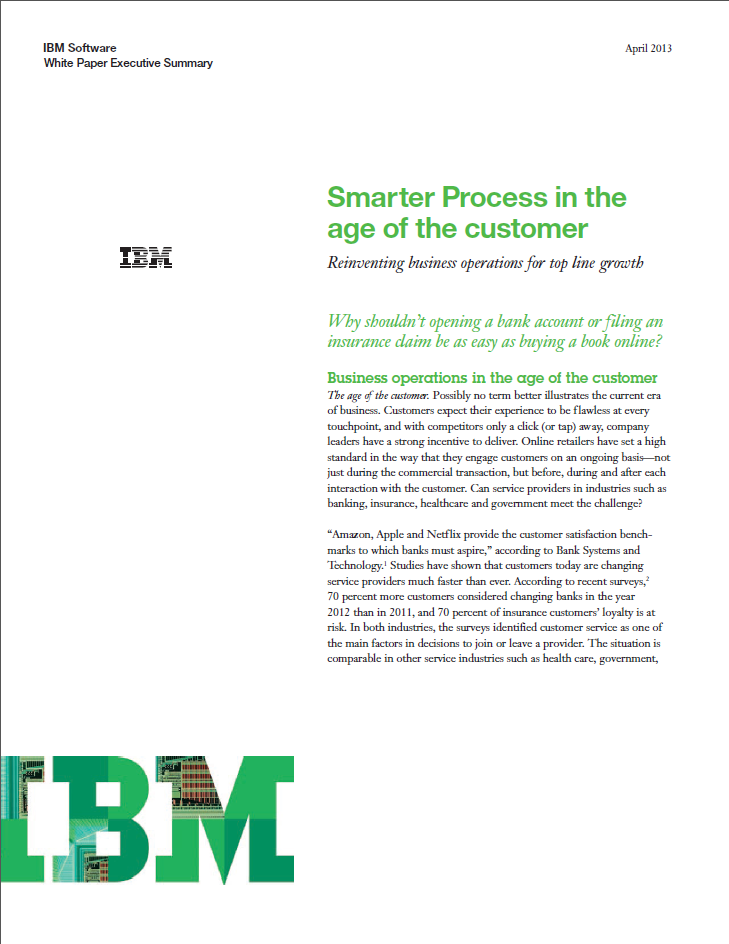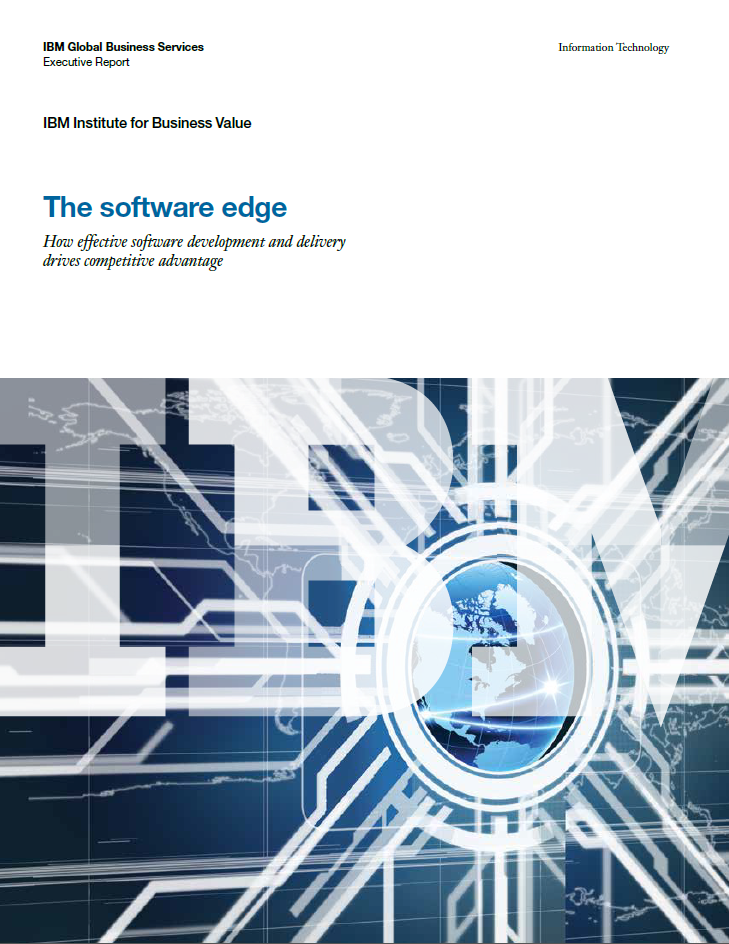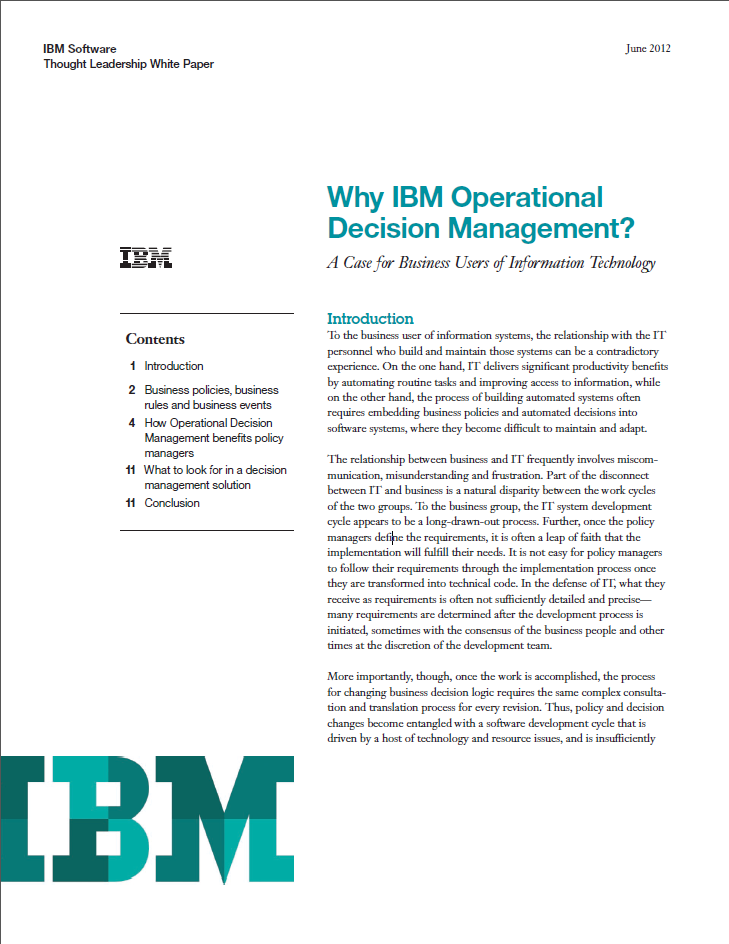KEOLIS: Leading urban transport operator enhances business application performance with XtremIO
The Lyon metro; The Lille, Le Mans, or Melbourne tram systems? Keolis helped to design these transport systems and operates them on a daily basis. As the largest urban transport operator in France and the leading tram operator worldwide, the company operates 85 urban transport networks and covers 74 French counties with interurban links. In
